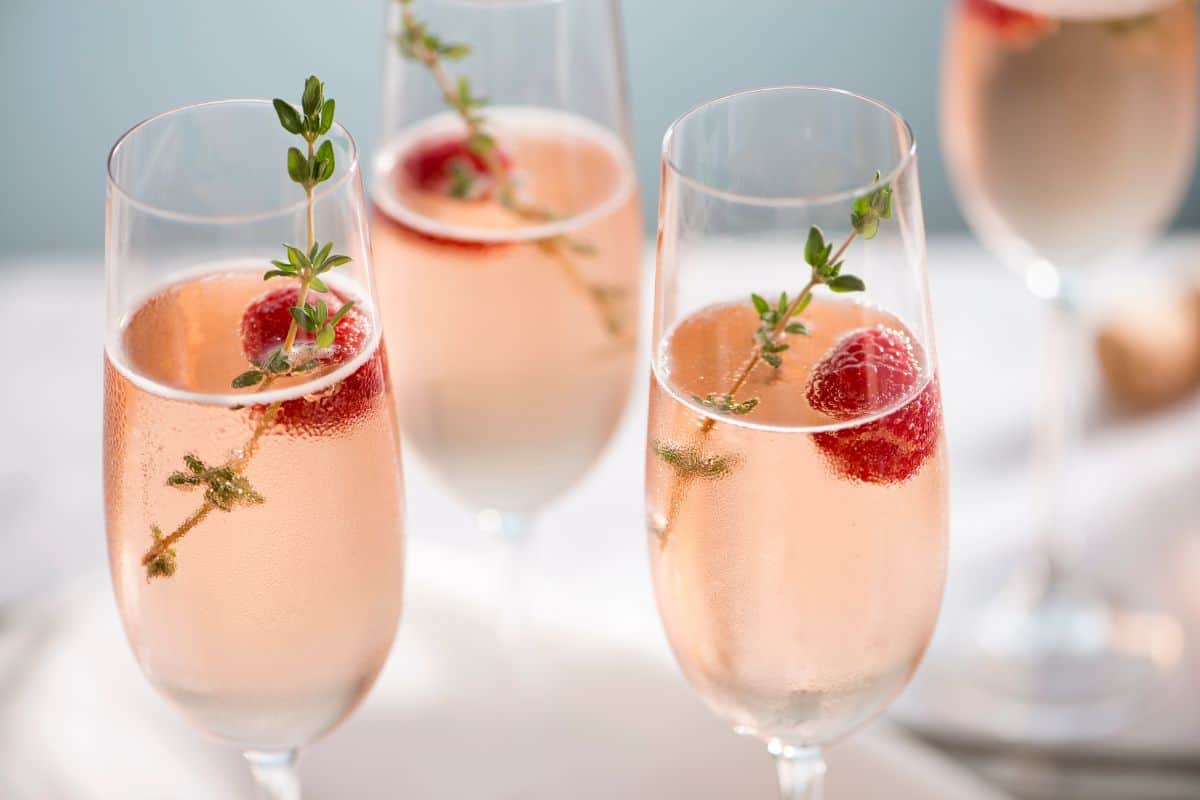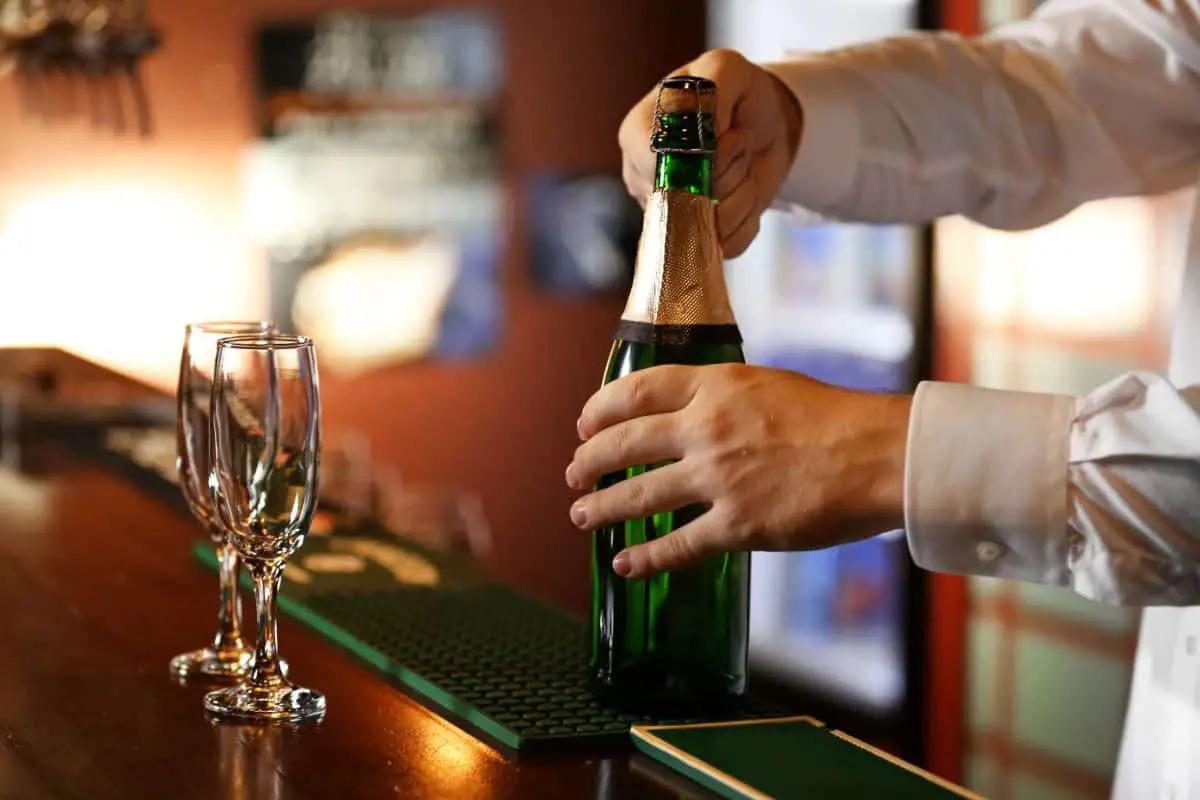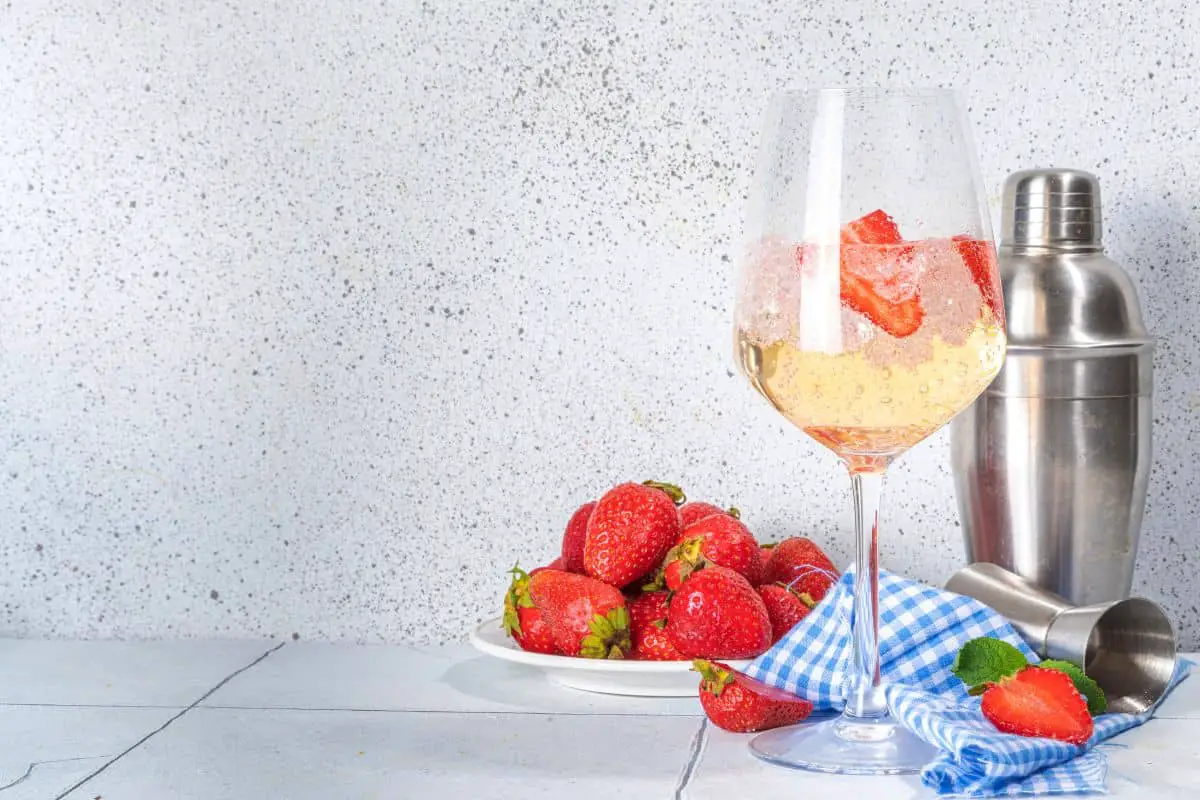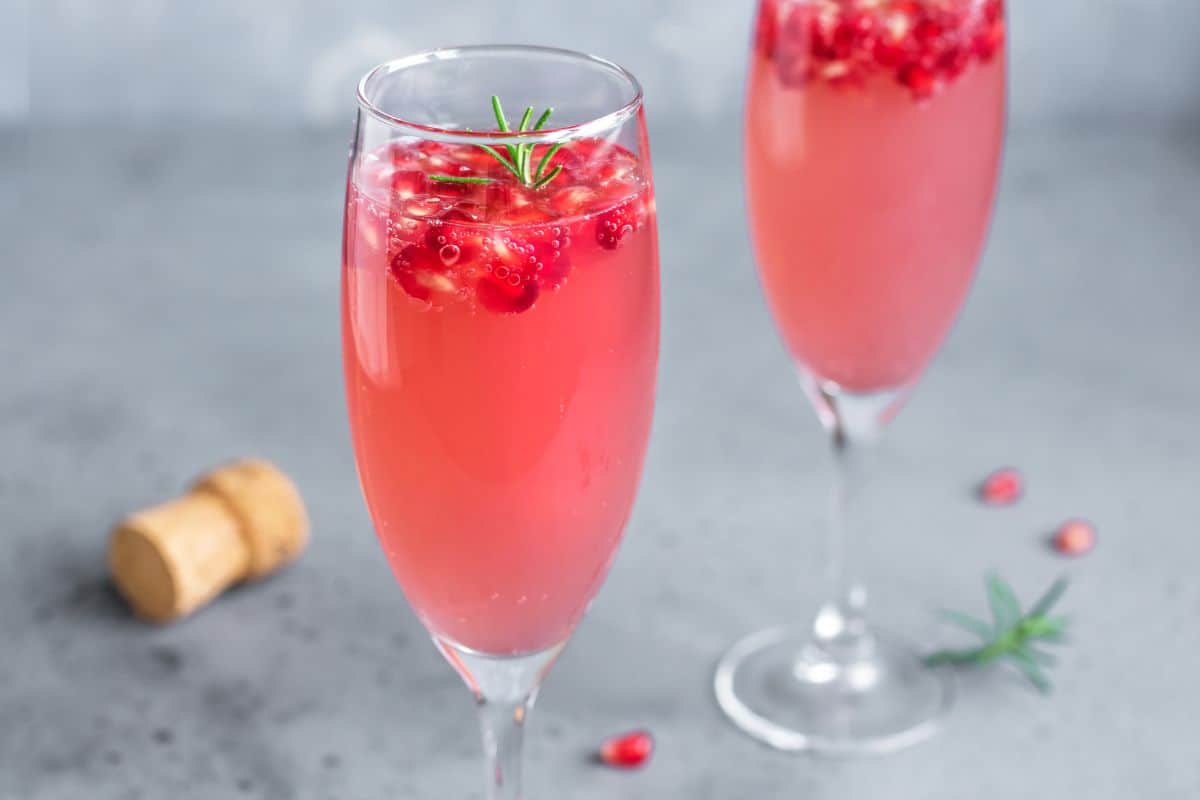One of the most frequently asked questions by those catering for their wedding guests at receptions, is if sparkling wine and Champagne are one and the same.
Often used interchangeably, it can be a bit confusing for those who are new to sparkling beverages.
However, seasoned Champagne drinkers will tell you that the difference between both of these fizzy drinks is immense! If you’ve ever found yourself pondering the question above, don’t fret, because we’ve got all the answers you need.
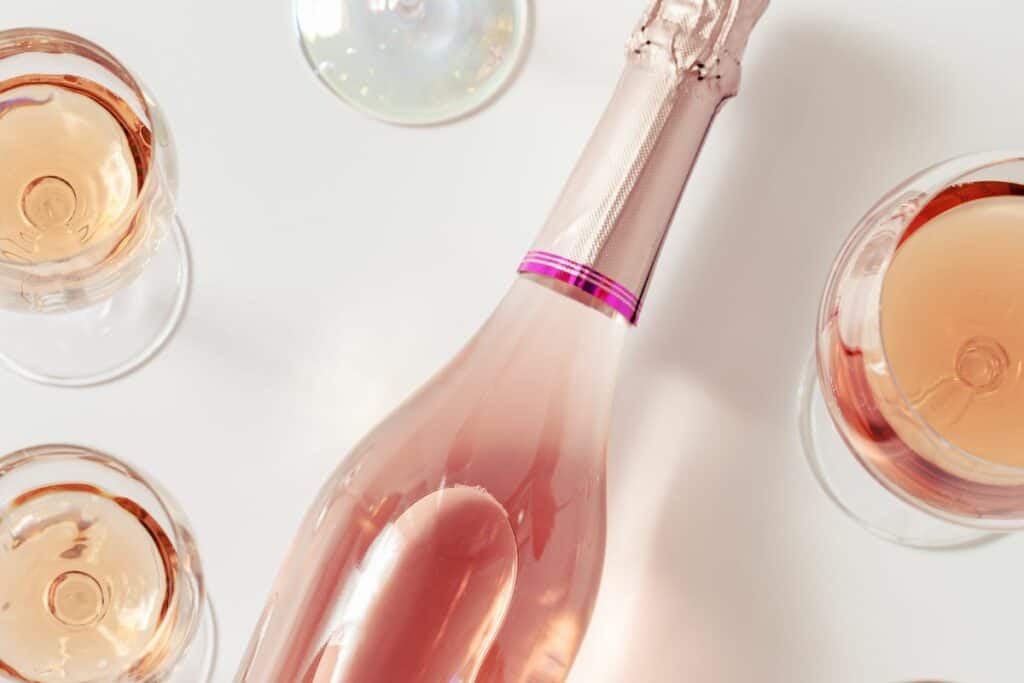
Where Do They Come From?
One of the key differences in identifying which beverage it is that you’re sipping on is where the bottle comes from. If it is Champagne (good for you!) that you’re drinking, it will have come from France.
France is the region where any bottle labeled as champagne will have arrived from. Champagne can only be labeled as such if it has been produced in this particular region, according to appellation regulations.
The reason why France is hailed as the holy grail for producing sparkling wine is because of its climate. It holds an advantage over all other areas of the world for producing champagne.
Because the soil is filled with minerals, and the weather is cool and wet, it has the perfect advantage over other regions for producing the acidic grapes that are used in champagne.
Varieties Of Grape
Another very important mode of differentiation between champagne and other sparkling wines is the kind of grapes which are used in production.
Champagne will use three distinct types of grape varieties, these are:
Chardonnay Grapes
These types of grapes account for around 30% of plantings. Delicate and fragrant, they have floral, citrus and mineral notes. Chardonnay grapes are known to be slower to develop than other varieties, and so their wines are built to age.
Pinot Meunier Grapes
These grapes account for around 32% of plantings. Fruity and supple in taste, they tend to age far more quickly than other varieties.
They are very hardy in terms of weather resistance and are therefore suited to the argillaceous soils of the Marne Valley where they are produced.
Pinot Noir Grapes
These account for the largest proportion of plantings, at 38%. Suited to a chalkier terrain, they are full-bodied, with easily distinguished aromas of red berries.
Other less frequently harvested grapes used in champagne include white Arbane, Petit Meslier, Pinot Blanc and Pinot Gris, accounting for less than 0.3%.
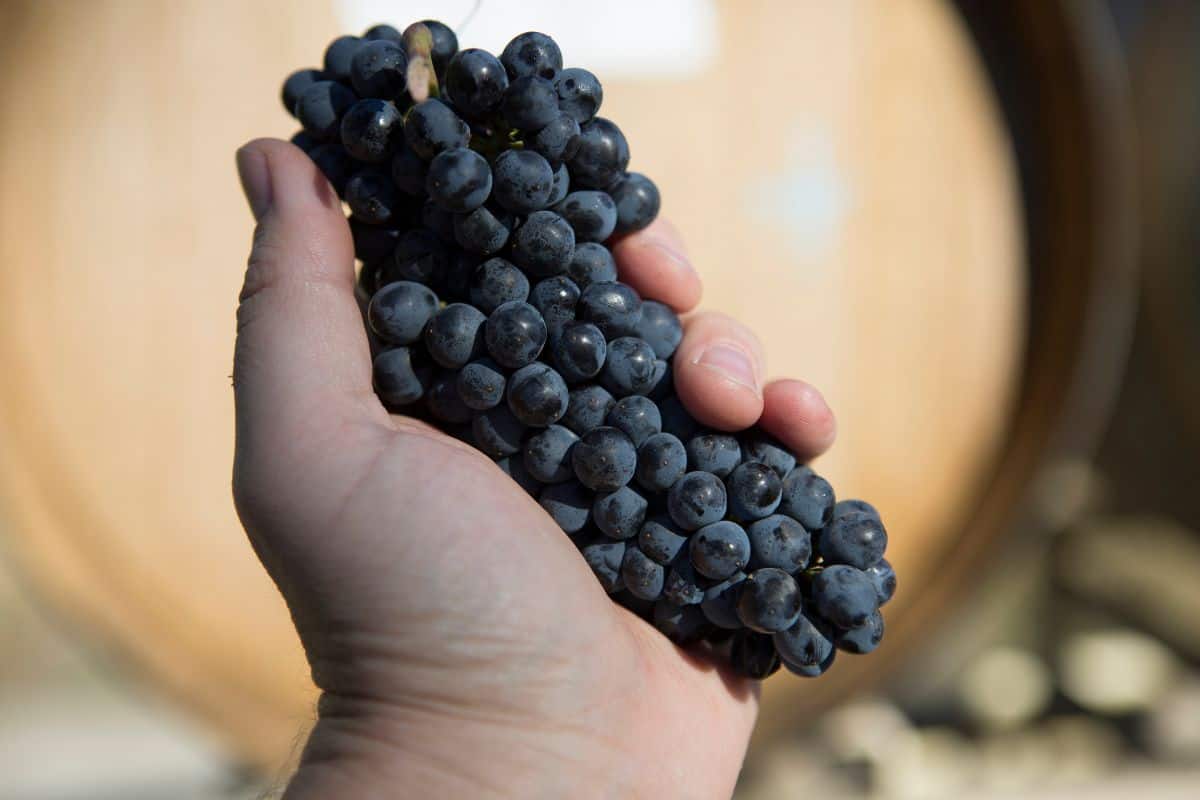
Champagne Making Practices
Champagne is made using a process called “Méthode Traditionnelle”, which translates to “the classic method”.
The method involves picking and fermenting the grapes first into still wine. After this, yeast and sugar are added to begin the process of a second fermentation as it is bottled.
As time passes, the CO2 gas which has been trapped begins to carbonate the liquid to create bubbles while the yeast disintegrates.
After aging for at least 15 months, the process of “riddling” is applied, which essentially means slowly rotating the bottle in a continuous motion to get rid of dead yeast cells.
The yeast is then removed by a disgorgement, and the Champagne is topped with sugar and sealed.
Sparkling wines, on the other hand, can be produced using a method called “Charmat”. This method involves the fermentation of the wine in a steel tank.
The wine is then cooled and filtered into another tank to remove the lees. Far less intricate than the process of creating true champagne, sparkling wines do not possess the same quality.
The Difference In Price
The price is primarily determined by the processes described above. Because the “Méthode Traditionnelle” is far more labor-intensive, and the maker has to handle each bottle, it is therefore far more costly to produce.
Sparkling wines, because they are produced primarily in tanks, their production numbers are far higher and require less manual labor to produce.
In addition, the quality and exclusivity of the grapes used in Champagne make them a costlier option too.
Appearance
The appearance of the bottle that you are consuming your sparkling wine from is also another determiner of whether or not it is champagne.
Champagne will have far thicker glass than regular sparkling wine bottles, due to the pressure of their sparkling contents.
In addition, Champagne plugs tend to differ from those of sparkling wines.
Normally, cylindrical corks are used for Champagne, which take the shape of the bottle after being pressed in, forming two parts; the head and the body. Sparkling wine on the other hand tends to have screw caps to cut costs.
Differences In Taste
Although we discussed some of the finer nuances between the flavors of each grape produced to create Champagne, when determining the difference between Champagne and sparkling wine, Champagne generally has a more elegant and refined taste.
Because of the nature of how other sparkling wines are produced, the bubbles they contain can be far more coarse than that of Champagne.
Sparkling wines also tend to generally have a far fruitier taste (You might also want to see” What Is Brut Champagne?). For example, Prosecco is well known for its light-bodied, fresh, and aromatic taste. It is sweet, with flavors that typically include peach, melon, pear and honeysuckle.
Another type of commonly produced sparkling wine is Cava. This sparkling wine originates in Spain and is light to medium-bodied. It tends to have a very citrusy flavor with a zesty kick.
Sekt is another popular kind of sparkling wine being produced. This sparkling wine originates from Germany and is again, far sweeter than champagne. It has a creamy texture and strong floral notes.
As we can see, not all sparkling wines are made equal. Although all champagne is sparkling wine, all sparkling wine is not champagne.
Conclusion
Just remember that if your sparkling wine comes from France and was made from grapes used within the region, you are most definitely drinking Champagne.
- How to Learn Wine Tasting: Essentials for Beginners - March 10, 2024
- How to Learn to Like Wine: Cultivating an Appreciation for the Vintner’s Art - March 10, 2024
- Thanksgiving Sangria: A Flavorful Twist to Your Holiday Table - August 27, 2023

